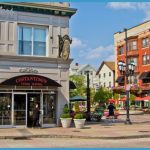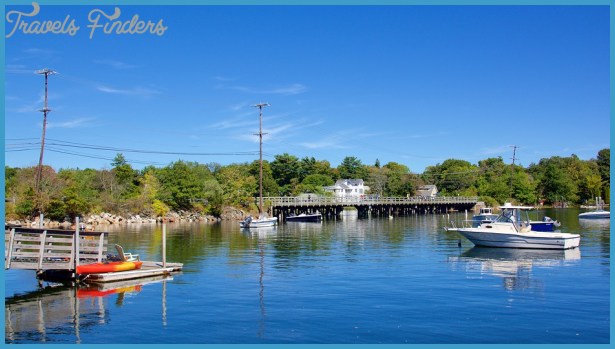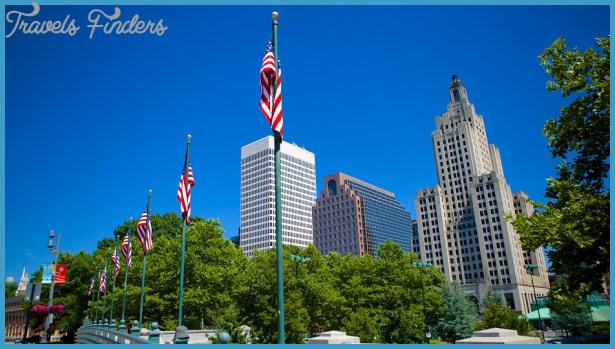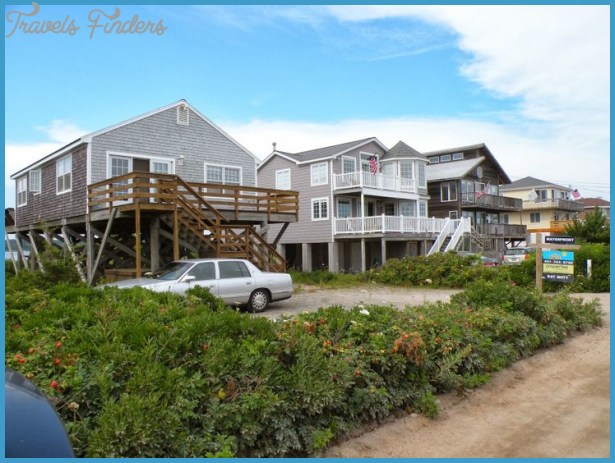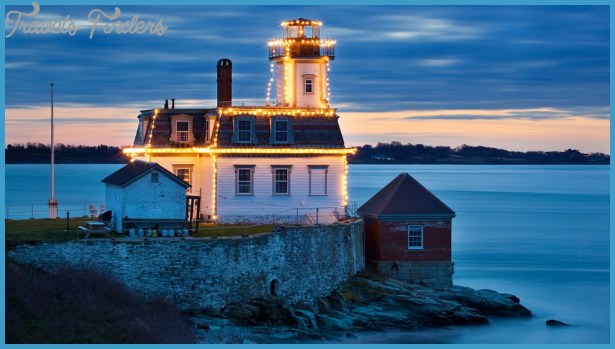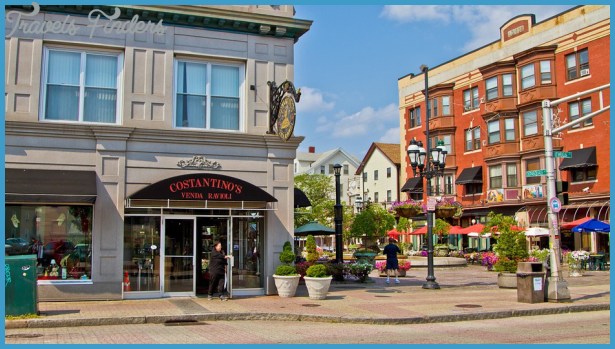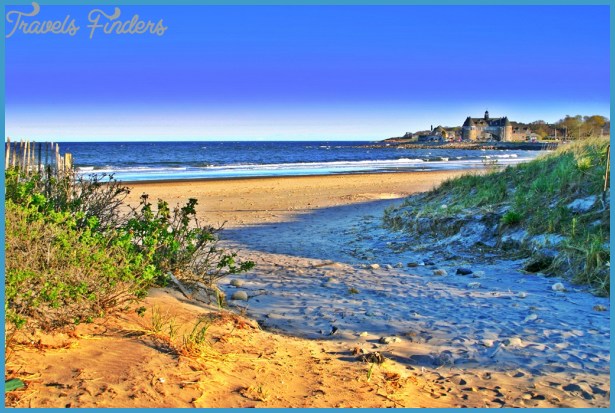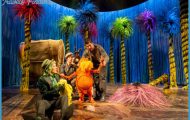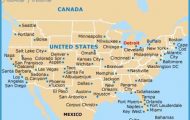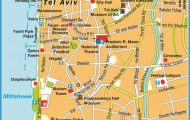Cultural contributions
As the Latino population of Rhode Island has grown, so has its influence on the state’s culture. The Rhode Island School of Design museum began showing the works of local Latino artists in 1991; the popularity of these exhibits eventually led to the creation of the Sol Gallery in 1998. Another showcase is the Latin American Visual Arts Expo, an annual monthlong display launched in 2002 that is shown at the Atrium Gallery at One Capitol Hill in Providence and sponsored by the Rhode Island State Council on the Arts. Works from the state’s Latino artists also have appeared in the Providence Art Club and the University of Rhode Island’s Fine Art Center Galleries.
The growing Latino population also has had an impact on Rhode Island’s airwaves and media. The first Spanish-language station, WRIB-AM (1220), went on the air in 1973. As of 2004, three other stations in the state offered Spanish-language programming: WALE-AM (990), WPMZ-AM (1110), and WELH-FM (88.1). In addition, the state’s largest newspaper, the Providence Journal, features a page called Pagina Latina that offers news in Spanish about local Latinos, as well as events in Latin America. The most notable Spanish-language newspaper
Celebrants wave flags of the Dominican Republic during the Dominican Festival of Rhode Island in 2003. The Festival, started in 1985, has grown to become one of the largest Dominican celebrations in the United States, and it draws many other Latinos from across Rhode Island. Courtesy of Marta V. Martinez.
is Providence en Espahol, a weekly that was established in 1999. Web sites dedicated to Spanish-speaking Latinos in Rhode Island also have been established, including http://www.uslatino.com, which offers news, and http://www.rimix.com, which features online yellow pages.
The proliferation of Latino food and music also has been evident throughout Rhode Island. For example, there has been a substantial increase in the number of restaurants and groceries that offer foods from Latin America. A number of locally owned restaurants throughout the state feature culinary offerings from such places as Mexico, Guatemala, Peru, Cuba, and El Salvador. In addition, some grocery stores carry ethnic foods often not found in a typical supermarket. Latino-themed nightclubs, located mostly in Providence and Pawtucket, also have become more popular in recent years. Salsa dancing, in particular, has become more prevalent. Some dance studios offer lessons and have given performances as part of the popular outdoor nighttime WaterFire displays in downtown Providence.
Latinos have also had an impact on religion in Rhode Island. Many migrants have come from predominantly Catholic countries, and Rhode Island has one of
the highest proportions of Catholics in the country. The Roman Catholic Church was often the place to which many newly arrived migrants turned for help and services unavailable elsewhere. The resulting influx of migrants compelled many parishes to celebrate Sunday masses in Spanish. By 2007, 18 of the 152 parishes in the Diocese of Providence which encompasses all of Rhode Island offered masses in Spanish. In addition, the Baptist Church (particularly the Iglesia Bautista Hispana El Calvario, the Spanish-speaking congregation of the Calvary Baptist Church in Providence) also has been active in providing spiritual and social-service support to Latino migrants since the 1970s.
notes
1. McLoughlin, 47, 110.
2. Mayer and Goldstein, 56.
3. Marta V. Martinez, The Latinos of Rhode Island, in Uriarte, 46.
4. Martinez, 47.
5. Martinez, 41.
6. Uriarte, 8.
7. Miren Uriarte, Growing into Power in Rhode Island, in Torres, 139.
8. Conley, 39.
9. McLoughlin, 216.
10. McLoughlin, 226.





